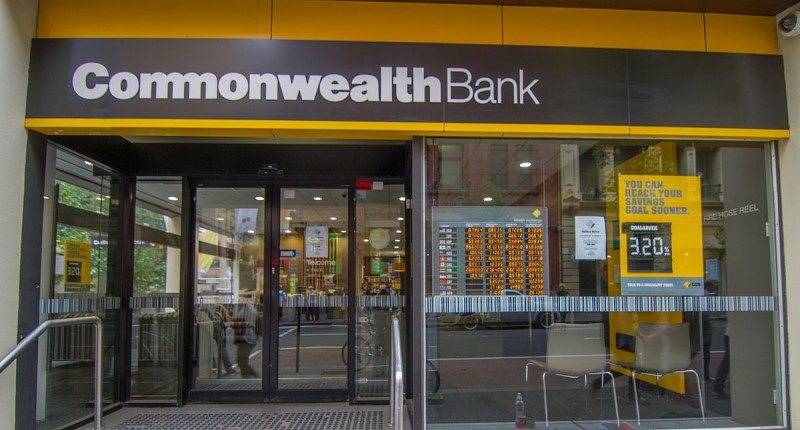- CBA is at odds with the RBA, who timelines interest rate hikes in 2024
- CBA argues the labour market has tightened at a rapid rate
- If CBA's prediction is correct, in theory this would dampen the housing market
Commonwealth Bank of Australia (CBA) economists expect interest rates will rise from November 2022, well ahead of the 2024 timeline currently forecast by the Reserve Bank of Australia (RBA).
RBA Governor Philip Lowe has kept singing the same tune on full employment, stating that the cash rate will only be raised once wage growth and inflation are sustainably meeting their targets of 2-3%. Moreover, Dr Lowe has repeatedly stated that these targets are unlikely to be met until 2024 at the earliest.
In his latest speech, Dr Lowe didn’t even consider the possibility of hiking rates in late 2022 – his analysis was focussed on the decision of whether to extend the yield target from early until late 2024. Furthermore, the central bank has ruled out the cessation of bond purchases (quantitative easing) in September, which has been one of the primary factors driving the easy availability of credit to support the economic recovery. The picture drawn from this is that low rates are here to stay until 2024, or perhaps late 2023. But most certainly not late 2022.
If CBA’s predictions for an earlier date of interest rate hikes are correct, traditional economic theory tells us it will have a dampening effect on the housing market. Prospective buyers dealing with increasing unaffordability may issue a sigh of relief. Moreover, government stimulus will still continue to support first home buyers, with the Federal Government’s First Home Loan Deposit Scheme (FHLDS) guaranteeing single parents 18% of a home loan.
CBA’s central scenario is that the RBA’s first rate hike in November 2022 will be an increase of 0.15% (taking the cash rate to 0.25%). They then expect another increase of 0.25% in December 2022. Then further down the track, there will be another three rate hikes in Q1, Q2 and Q3 2023 which would take the cash rate to 1.25%.
How can CBA be so at odds with the RBA?
Labour market tightening at a rapid rate
The Australian labour market has tightened at a faster rate than expected.
CBA’s forward-looking indicators show that labour demand is very strong while the supply of labour is constrained. A tighter labour market means wages growth will accelerate. They also note that the underutilisation rate (which calculates both those unemployed and those employed but desire more hours), which is the broadest measure of labour market slack declined to its lowest level since February 2013.

CBA forecasts the unemployment rate to be 4.5% at end-2021 and 4.0% by end-2022.
CBA economists also pushed back against a statement Dr Lowe recently made in a speech on 17 June:
“… most businesses feel they are operating in a very competitive marketplace and that they have little ability to raise prices. As a result, there is understandably a laser-like focus on costs: if profits can’t be increased by expanding or by raising prices, then it has
to be achieved by lowering costs.”
CBA has analysed data that tells a different story. They cite private surveys indicating that businesses are acting differently, indicating that both input and output costs are rising. Inflation is already in the system.
This means that if firms are struggling to recruit workers they will be forced to pay higher wages. Many firms will then pass on increased labour costs (input prices) to their products (output prices) in an environment of rising aggregate demand to protect their margins.
The end result is that CBA predicts wage growth to be faster than the RBA expects – and alongside the rise in inflation hitting their target – will be prompted to raise rates much earlier.
“For the past six months CBA’s economic forecasts for the Australian economy have been at odds with the RBA’s “2024 at the earliest” forward guidance on the cash rate given the strength of the economic data,” said CBA Head of Economics Gareth Aird.
“Our message has been consistent and unswerving: the labour market will tighten quickly and this means that wages and inflation will lift, particularly because the supply of labour is constrained.”








